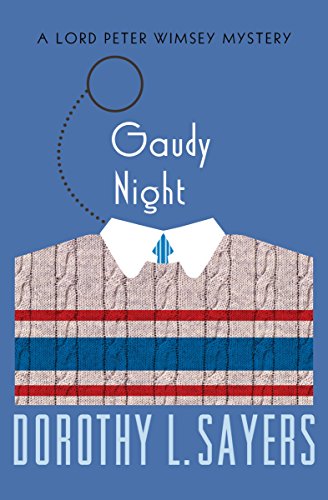Until this week, I knew next to nothing about Robert Jordan’s The Wheel of Time series. I knew it was very long and that some people loved it. I did not know that Jordan was rewriting The Lord of the Rings and that the first of fourteen novels, The Eye of the World, was meant to be his version of The Fellowship of the Ring.
One Goodreads reviewer writes of the first book, “It is difficult to comprehend how an author could take such a simple, familiar story and stretch it out over so many pages.
The hero is an orphan who looks different, he gets his father’s magic sword, he goes on a quest with an old, wily mentor, gets attacked by evil (dark-skinned) mongoloids from the mysterious East, meets the princess by accident, becomes embroiled in an ancient prophecy, discovers a magic ‘force’ which controls fate (and the plot), &c., &c.
Stop me if you’ve heard this one before.
Of the second book, another reviewer praises the overall story but recommends reading with friends to help get through the boring parts. “Jordan’s prose was super wordy and descriptive, there’s no way around it. Two books (570k words in total so far) into the series and when it comes to the actual story progression, not too much have actually progressed.”
A reviewer of eighth book notes he would have included a plot summary, but the book has no plot or development at all.
Because many TV producers want to create the next Game of Thrones, Amazon released last year an eight-episode series based on The Eye of the World, and it appears that they have done a terrible job.
Man Carrying Things reviews it in about an hour, noting some strong weaknesses in the scriptwriting such as frequent deaths that are undone a minute later. Another reviewer appeals to the book lore to say this is supposed to be a very bad move done only by evil magicians, but there’s no indication this show has that in mind. In fact, the show seems to have cliched TV formulas most in mind. It lacks continuity within single episodes. It spends too much time on exposition that doesn’t develop anything.
One major change from the source material is questioning who the chosen one–the Dragon Reborn–is among the main characters. The book tells us upfront, but the show says it could be anyone, and as a result, doesn’t explain what being the Dragon Reborn would mean. It’s apparently an open question whether this is good or bad. Maybe the writers couldn’t pull themselves away from a desire to drive the story toward a character saying, “Maybe the real Dragon Reborn were the friends we made along the way.”
Photo by Hannah Morgan on Unsplash






